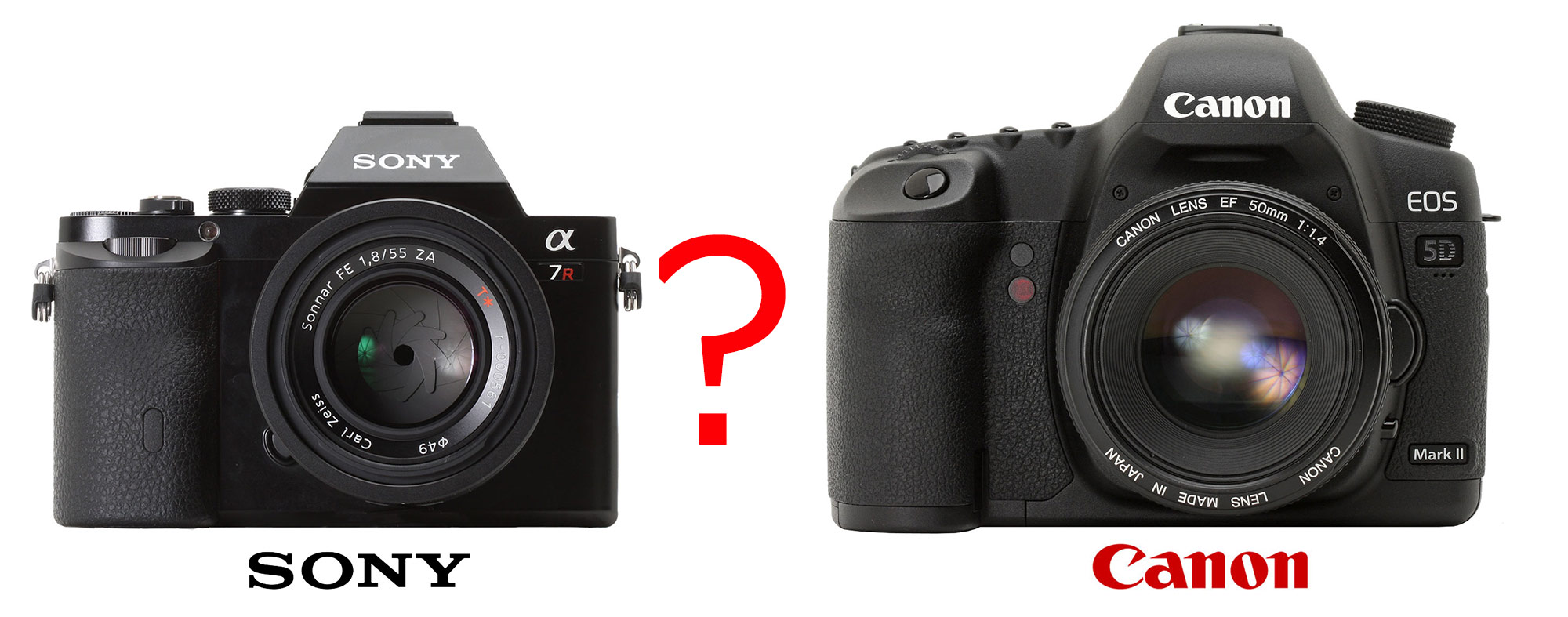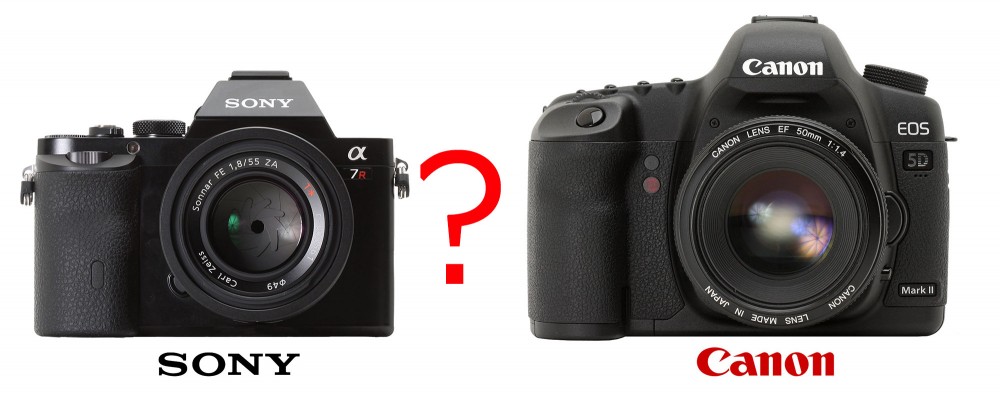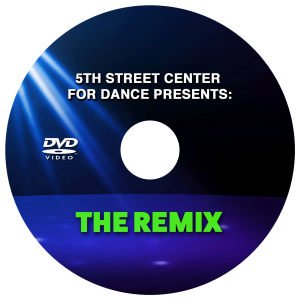
I’ve had my Sony A7R for about nine months now, and I’ve been using a Canon 5D Mark II (at work) for three years prior to owning the Sony. I thought I’d do a post to try to help anyone who is agonizing over which full frame camera system to invest in. I don’t want to get into crazy technical specs (you can find that stuff elsewhere), I just want to write about my experiences with both cameras and the pros and cons of each. I also want to explain why I chose to go with the Sony A7R as my own personal camera.
TLDR version: if you are looking for a camera for sports or full blown studio work, I’d go with Canon. The Canon system is fast enough to cover sports, and there are simply too many good options for creating an effective studio solution using the Canon system vs the Sony. If you are more of a travel/landscape type of shooter, I’d go with Sony. The portability combined with the quality of the Sony just can’t be beat.
If you want to continue reading, from here on I’ll go over some of the glaring differences along with pros and cons between each camera types.
Image Quality
Sony wins this one. Not only because there are more megapixels (36 vs 22) but the Sensor on the Sony seems to produce richer, more lifelike images. But also, yeah…more megapixels (on the A7R at least) isn’t a bad thing.
Speed
The Canon has the Sony beat in this aspect pretty much across the board. Everything from turning the camera on to reviewing the pictures is faster on the Canon. Here are some specifics:
- Turning the camera on – The Canon just turns on. No fuss. Just – boom – the camera is up and running. The Sony…ehh, not so much if you have either left the camera off for several days or you take the battery out and put a new one in. In either of these situations, it seems like the Sony A7R runs through a bunch of tests before you are able to do anything. First the rear LCD turns on, but none of the buttons work yet. Then after several seconds, you are able to use the EVF (electronic viewfinder), then after a few more seconds, you can finally shoot. It takes about 30 seconds total for the camera to finally power on. It’s not a dealbreaker, it’s just a bit annoying and could potentially be disastrous in a situation where you only have a few seconds to get “the shot”. This is only really an issue when the camera has been sitting for a few days or when swapping out batteries, thankfully. In most situations, while the Sony is still a bit slower than the Canon, you’ll be up and running in a few seconds.
- Reviewing photos – Canon wins here as well. This is dependent upon the speed of your CF or SD card, but the Canon feels a lot more responsive when you hit the “play” button to review what you just shot. The Sony A7R, on the other hand, has to write that massive 36 megapixel file to your SD card, so seconds are lost as you are waiting for the buffer to clear and for the camera to respond (if the file hasn’t finished writing yet, the camera puts up an error message telling you to wait). Another minor annoyance on the Sony is that when you hit “magnify” the photo zooms in 100%, forcing you to back out of the zoom in order to see less of the photo. I’d prefer it if I could just change that setting so it zooms at 10% increments each time I hit the zoom. Again, not a huge deal, just something you need to get used to. The speed can be improved by purchasing the fastest SD cards you can find. Amazon sells this one – 280 MB/S – that’s the fastest card I’ve found so far.
- Focusing – Another area where Canon wins. The Sony is slower to focus than the Canon (and most SLRs, for that matter). That’s not to say it’s horrible, it just lags a bit. Sony does have a “pre focus” feature that I’ve really been enjoying. It just seems that the Sony takes a little bit longer to “lock on” when you are focusing.
Battery Life
Not a big shock here, but the Canon’s battery far outlasts the Sony’s. If you plan to buy the Sony, the first accessory you should buy is a pack of spare batteries. The Sony is mirrorless, so it relies entirely on the electronics of the camera to operate. That means a lot more power being drawn. And if you plan to shoot video with the Sony, buy even more batteries. There is an official battery grip available for the Sony, but I haven’t tried it yet (it’s $300). There is also a cheaper alternative for $79 which includes a wireless remote. Looks interesting, I actually just ordered one. I also recently wrote a post about extending the life of your Sony batteries, if you are interested. Not much to say about the Canon other than that battery lasts forever. I usually bring two of them and I’m good to go.
Compatibility with Other Brands
This is an area where the Sony really shines. I can actually use Canon flashes and flash accessories with the Sony A7R, and with the use of various adapters I can use lenses from practically any lens manufacturer for any brand of camera out there. I’ve been having a lot of fun asking people if they have any old 35mm cameras sitting around and if they still want them. Usually they say they haven’t used “that old junk” in years, which means I get my hands on free, full frame lenses. Score! That alone is something you should seriously consider as a reason to head in the Sony direction. Most of the lenses will be manual aperture/manual focus, but Sony makes manual focusing a lot easier with their focus peaking technology. With Canon, there are obviously a lot of lens manufacturers and a lot more lens choices, but those lenses must be made for a Canon camera. You aren’t going to be buying a Sony lens and sticking it on a Canon camera.
Camera Feel
Between the two cameras right out of the box, I honestly find that the Canon wins here. It just feels so well balanced and natural when you hold it. The Sony requires a slightly different grip than the Canon, and feels a little less stable. That’s the price you pay for portability though. However, I recently bought a battery grip for my Sony, and suddenly I’m finding that I prefer the feel of the Sony now that I have some additional support for my hand. I also love that the magnesium body on the Sony looks and feels very “industrial” and solid.
Customization
Sony wins here. While I can do some customization to some of the button functionality on the Canon, I have a ridiculous amount that I can do on the Sony. The Sony has essentially three dials and four “custom” buttons, and I can pick and choose what each one of them does. Do I want the top dial to be for ISO? Done. Do I want to change the button used for focus magnification? No problem. Some people complain that this customization makes the Sony system harder to learn, but I disagree. Once you get the hang of the menu system, it’s actually very easy. I also didn’t exactly find the Canon menu a walk in the park the first time I saw it – most cameras have fairly in-depth menu systems that require some learning.
Mirrorless or DSLR?
I didn’t buy the Sony for the fact that it was mirrorless, I just liked the fact that being mirrorless made it a lot easier to carry around and travel with. That said, between the Sony EVF and Canon’s good old fashioned optical viewfinder (and subsequent system) there are pros and cons to each which makes this one just about a dead even tie. With the Sony, I had to change the camera settings and increase the brightness on the EVF, which resulted in the previewed exposure not being entirely accurate. Basically the resulting image I’m shown after taking a photo isn’t what I’ll actually see when I bring my shots into Lightroom (if I’m shooting in RAW). I find that because the preview isn’t really accurate, the A7R is about one full stop off (they are usually too dark). Also the only way the EVF is going to work is if the camera is powered on, so if you are used to using an optical viewfinder you’ll probably find this a bit odd at first. The Canon system (and its optical viewfinder) have been around for years and it really shows – it just works. For now when I use the Sony I just either compensate for the “over exposed” preview or make adjustments in Lightroom. So why is this a dead even tie? Having an electronic viewfinder opens up a whole array of options in terms of the information you can be presented with while composing your shot. Would you like a histogram that’s “live” as you are composing your shot? No problem. How about a level, or zebra stripes? Also no problem. Plus the Sony EVF has plenty of resolution – it’s actually a pleasure to use.
Shooting Video
Sony all the way here. Both cameras can shoot 1080p HD video with about equal quality. However, the Sony does one thing that I’m shocked that the Canon does not – continuous autofocus while shooting video. The Sony continuously autofocuses in the same way that a regular video camera or camcorder does. The Canon requires you to constantly adjust the focus as you are shooting, which looks pretty bad in the resulting footage. I’m honestly shocked that even at the 5D3 level, this is the case. The 5D3 does at least have separate 1/8 inch mini input and output jacks for audio, but if you are using the 5D Mark II, no such luck. You have an audio input, but the only way you’ll be able to monitor your audio levels is to either record a test shot, or install Magic Lantern, which is essentially a hack. The Sony, on the other hand, has both 1/8 inch mini input and output jacks. The Sony also has continuous autofocus when using the LA-EA4 adapter and lenses that are 20 years old!
Other Capabilities (wifi, NFC, apps)
Sony wins here. The A7 cameras all have wifi and NFC built in. The Canon cameras require you to purchase something like an eyefi card or a battery grip in order for wifi to work. With the Sony, you can download the PlayMemories app for free, which allows you to send lower res jpg versions of your images to your mobile device. This capability is enabled via download of an app from the Sony PlayMemories store. Yup – the camera actually connects to the Sony store via wifi and you can download and install apps directly on it. There are even apps that let you post to facebook directly from the camera! That’s not gonna happen on the Canon camera.
Other Pros/Cons
- Lenses – There are far more native lens choices on the Canon line at various price points. For the Sony, if you want a full frame, native lens, I hope you saved up a good bit of money. There are limited options, and those options aren’t cheap. They are all very nice lenses, however. Also keep in mind that Sony bought Minolta years ago, and with the purchase of the LA-EA4 adapter, you have access to a vast array of old Minolta (and Sony) A mount lenses.
- Shutter Sound – this might seem like an odd topic to bring up, but the Sony has a very loud shutter. Canon, on the other hand, by default is much quieter and even has a “silent shutter” option on the 5D Mark III and 6D.
Conclusion
I agonized over this decision for months before going with the Sony A7R. What pushed me in the Sony direction was when I considered the type of photographer that I am when I’m not at work. I don’t shoot sports. I rarely shoot portraits unless I’m at work (and using the Canon 5D Mark II). My favorite shots that I’ve ever taken on my personal time have been when traveling, and most of those have been landscape shots. So when looking at the Sony, I realized that the A7R body is cheaper than the 5D Mark III, and the image quality is arguably better. For video shooting, the A7R was also a better choice. Any potential cons that go along with the A7R didn’t apply to my kind of photography, for the most part. Also, with the use of various adapters, I was able to utilize the Canon lenses that I have access to, and the Canon flash equipment that I have is compatible with the Sony, minus a few quirks.
I’ll also add that I’ve traveled to several locations using the 5D Mark II (and the heavy, full frame, 24-70mm lens) including Ireland, Oregon, Vermont, and The Outer Banks of North Carolina. Let’s just say that after a full day with that camera, it starts to feel an awful lot like dead weight. I recently took the Sony A7R on a week long trip to Oregon, and for the most part only used the tiny 16mm Sony “pancake” lens. That lens forced the camera into a “cropped sensor” mode, but I was still thrilled with the images I came home with. And the camera fit in my coat pocket! I haven’t taken the Canon on any trips since.
I also recently picked up a Sony 16-35mm Vario-Tessar T FE F4 ZA OSS E-Mount Lens from Amazon. I won’t be fitting the camera into my pocket with that lens attached, but I’m absolutely loving what the camera can do now. The lens has image stabilization built into it, has Zeiss coatings, it’s full frame and is f/4 all the way through the zoom range. It wasn’t cheap, but I feel like my Sony A7R is finally a “complete” camera. If you end up investing in the Sony system, it’s absolutely worth it to also invest in some native glass. You won’t regret it.
Did I miss anything or do you have anything you’d like to add? Feel free to leave a comment!








